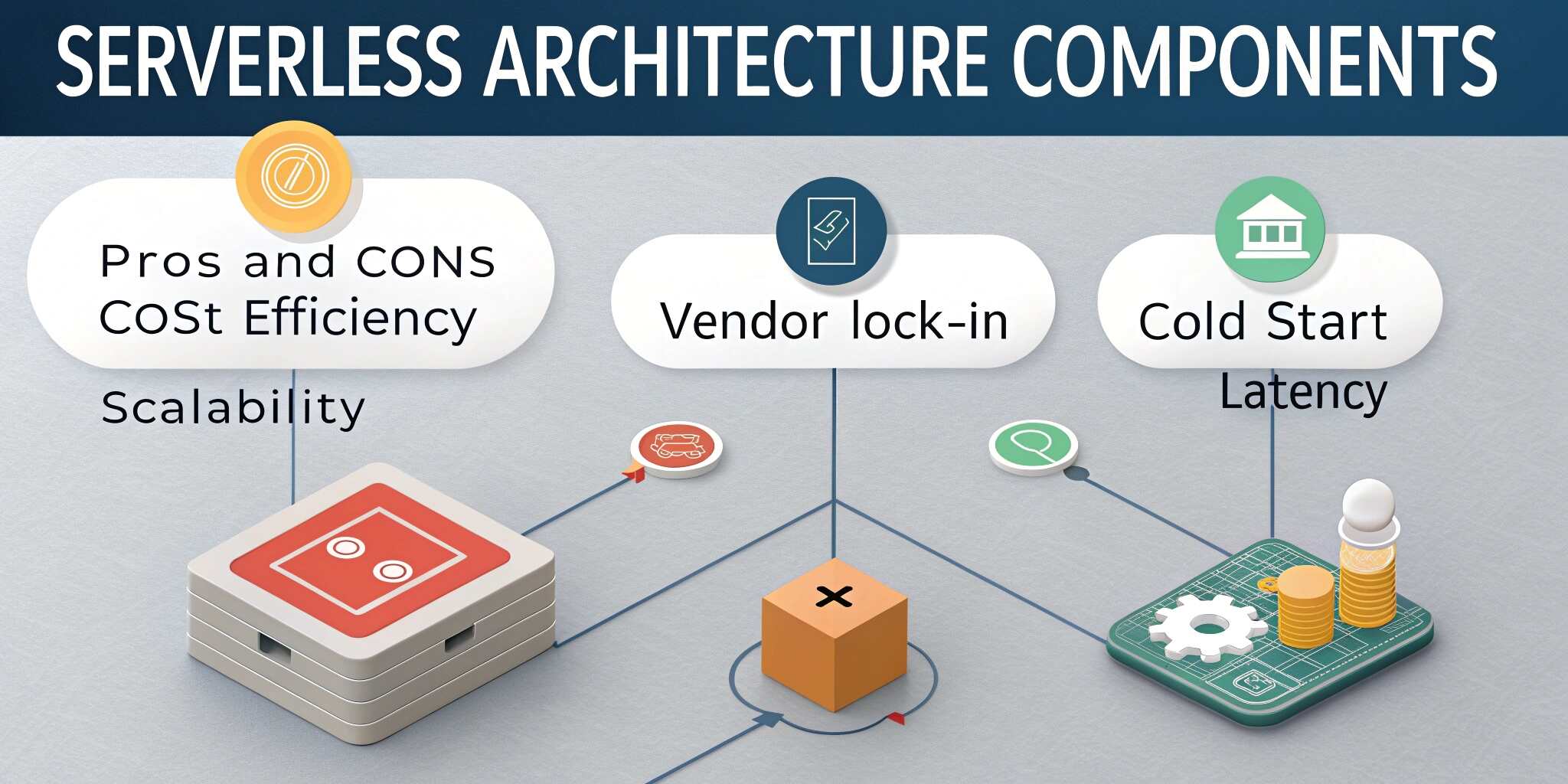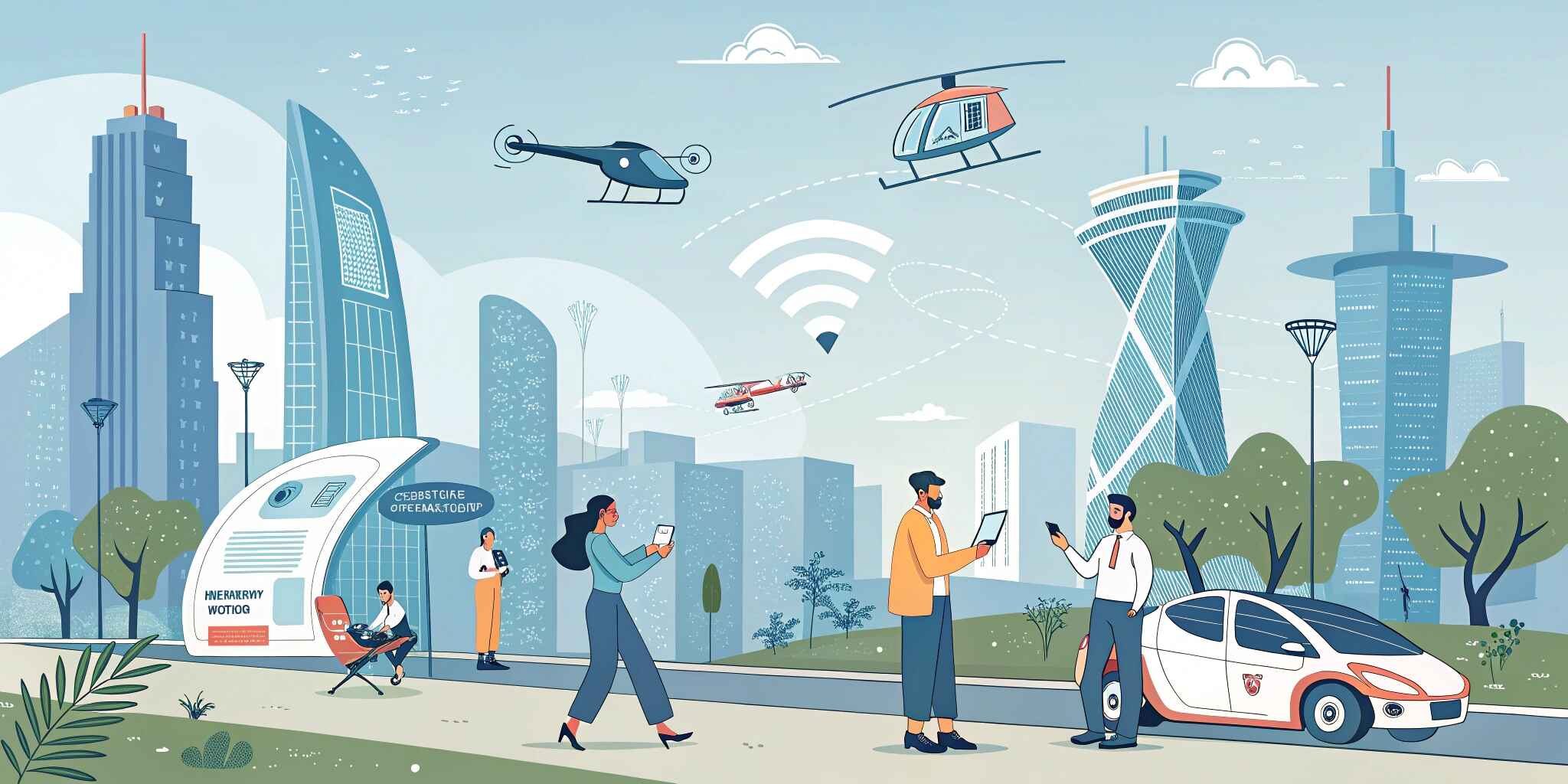Serverless architecture is gaining momentum in cloud-native development. It offers a way to build and run applications and services without managing infrastructure. But is it the right fit for your application? Let’s explore the benefits and limitations of going serverless.
What is Serverless Architecture?
Serverless doesn’t mean “no servers” — it means developers don’t have to manage or provision servers themselves. The cloud provider handles infrastructure, scaling, and availability, while developers focus on writing code, often in the form of functions-as-a-service (FaaS).
Popular serverless platforms:
- AWS Lambda
- Azure Functions
- Google Cloud Functions
- Cloudflare Workers
Pros of Serverless Architecture
1. No Server Management
You don’t have to provision, patch, or maintain servers. The cloud provider takes care of it all.
2. Auto-Scaling
Serverless apps automatically scale up and down depending on traffic, without manual intervention.
3. Cost-Efficiency
You only pay for what you use — billed per function execution time, not idle server hours.
4. Faster Time-to-Market
Focus solely on writing and deploying code. No infrastructure headaches mean quicker development cycles.
5. Built-in High Availability
Serverless platforms manage failover and availability automatically, ensuring more reliable apps.
Cons of Serverless Architecture
1. Cold Start Delays
Functions not invoked recently may experience delays (cold starts), which can hurt performance-sensitive applications.
2. Limited Execution Time
Functions typically have time and memory limits (e.g., AWS Lambda: max 15 minutes).
3. Vendor Lock-In
Each provider has its own ecosystem, APIs, and deployment tools, making it harder to migrate later.
4. Debugging & Monitoring Complexity
Observability tools are improving but still lag behind traditional environments.
5. Not Ideal for Long-Running Processes
Serverless isn't well-suited for background jobs or workloads that require persistent connections.
When to Use Serverless:
- Real-time file/image processing
- REST APIs and backend logic
- Chatbots, voice assistants
- IoT data processing
- Automated tasks and cron jobs
When to Avoid Serverless:
- Applications with long-running processes
- Systems requiring low-latency and instant responses under all conditions
- High-control environments needing custom networking or OS-level configurations
Conclusion:
Serverless architecture can revolutionize how applications are built and deployed, offering flexibility, scalability, and cost savings. However, it also introduces complexity in debugging, performance optimization, and vendor dependence. Evaluate your needs carefully before committing to a serverless strategy.
Pro Tip: Use a hybrid approach — combine serverless for event-driven functions and traditional servers for persistent or stateful workloads.Serverless


